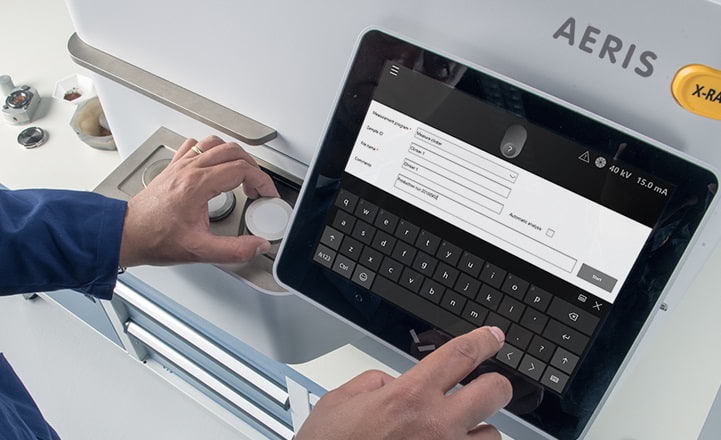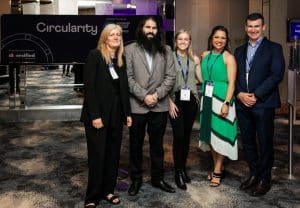ADEs Melbourne laboratory has recently received X-ray diffraction (XRD) equipment which uses a powerful non-destructive technique for characterising crystalline materials. It provides information on structures, identification and quantification of phases and other structural parameters. ADEs laboratory will soon provide testing services of crystalline silica for projects and clients.
Silica is silicon dioxide which is a naturally occurring widely abundant mineral and forms the major component of most rocks and soils. It exists as non-crystalline and crystalline (free silica) forms. Crystalline silica dust particles which are small enough to penetrate deep into the lung are termed respirable, unlike the non-crystalline form. The main form of crystalline silica is quartz, followed by cristobalite.
As per the International Agency for Research on Cancer (IARC), crystalline silica inhaled in the form of quartz or cristobalite from work related sources is carcinogenic to humans. Other potential health effects following exposure include chronic bronchitis, silicosis, kidney damage.
The free silica is found in varying proportions in aggregates, mortar, concrete and stone. Examples of work activities involving crystalline silica which require special attention when assessing exposure include excavation, earth moving and drilling plant operations; clay and stone processing machine operations; paving and surfacing; mining and mineral ore treating processes; construction labouring activities; brick, concrete or stone cutting etc.
ADE’s new Melbourne laboratory will test for crystalline silica as well as other hazardous materials such as asbestos, assisting engineers and occupational health professionals.





